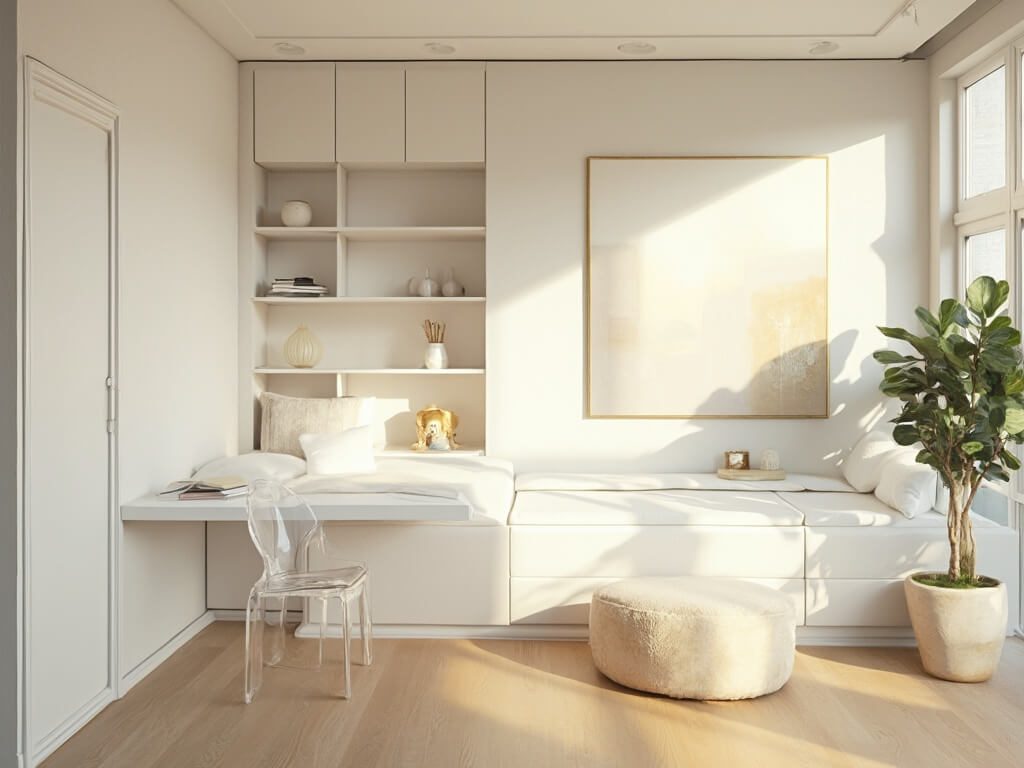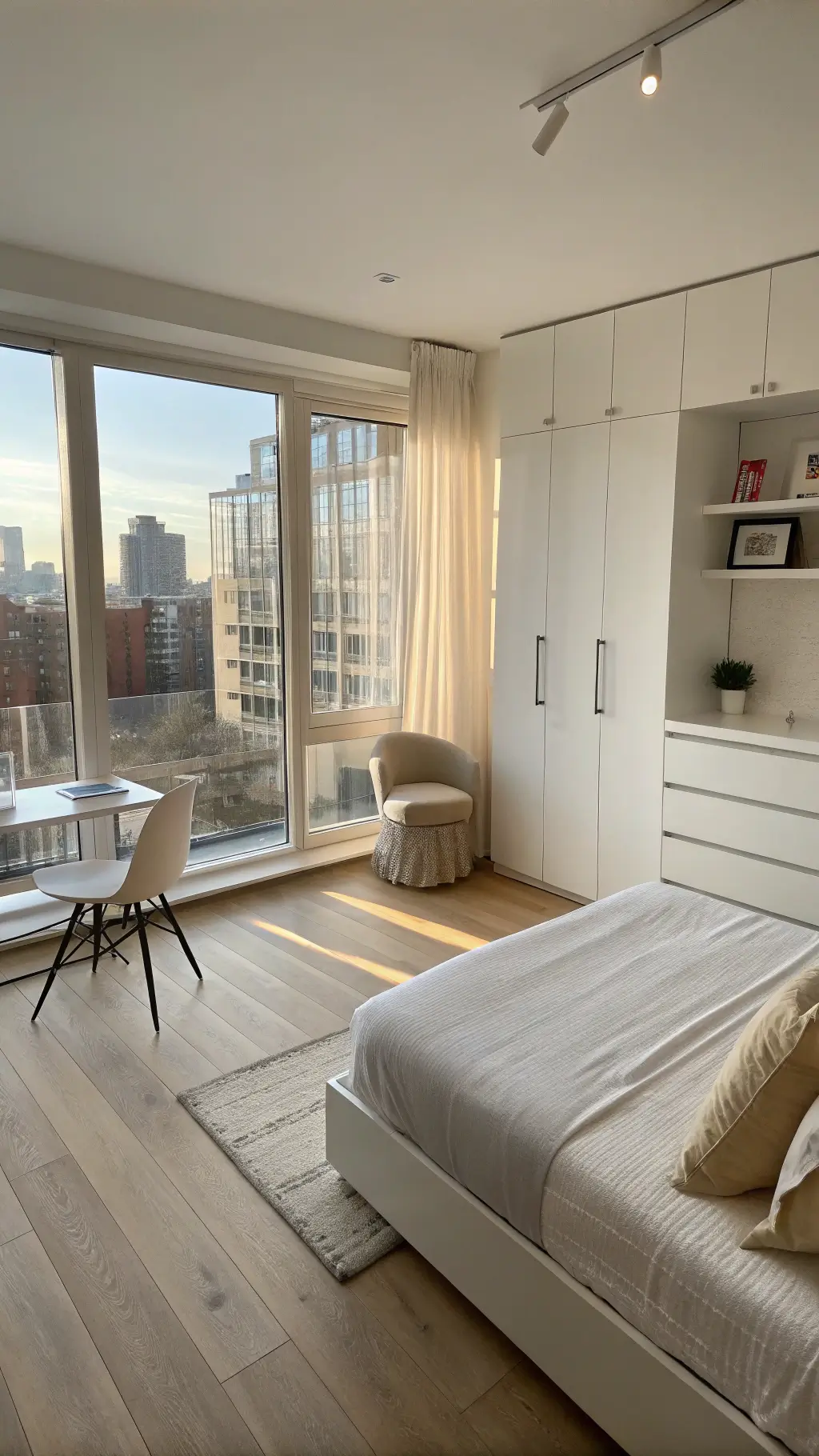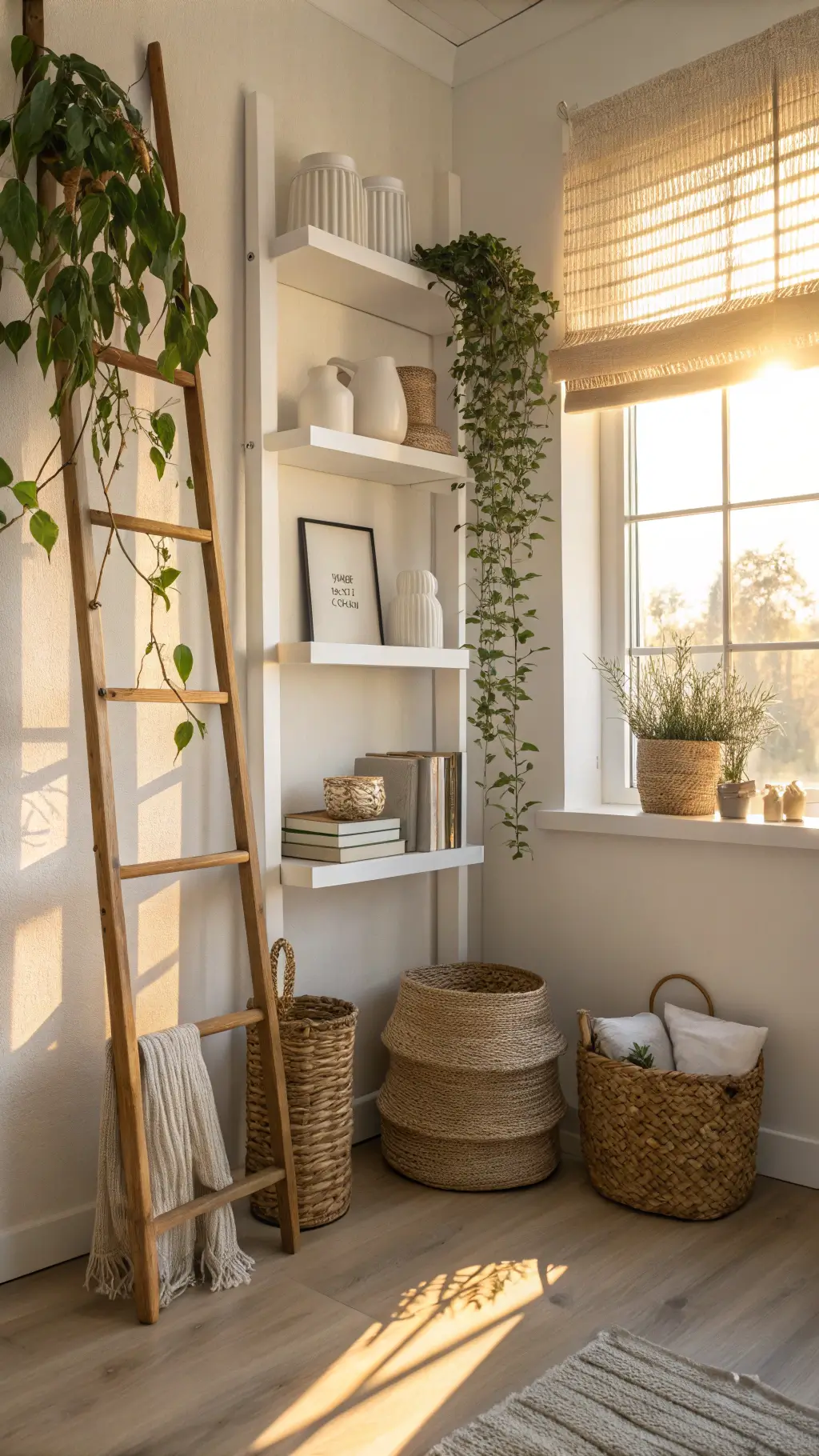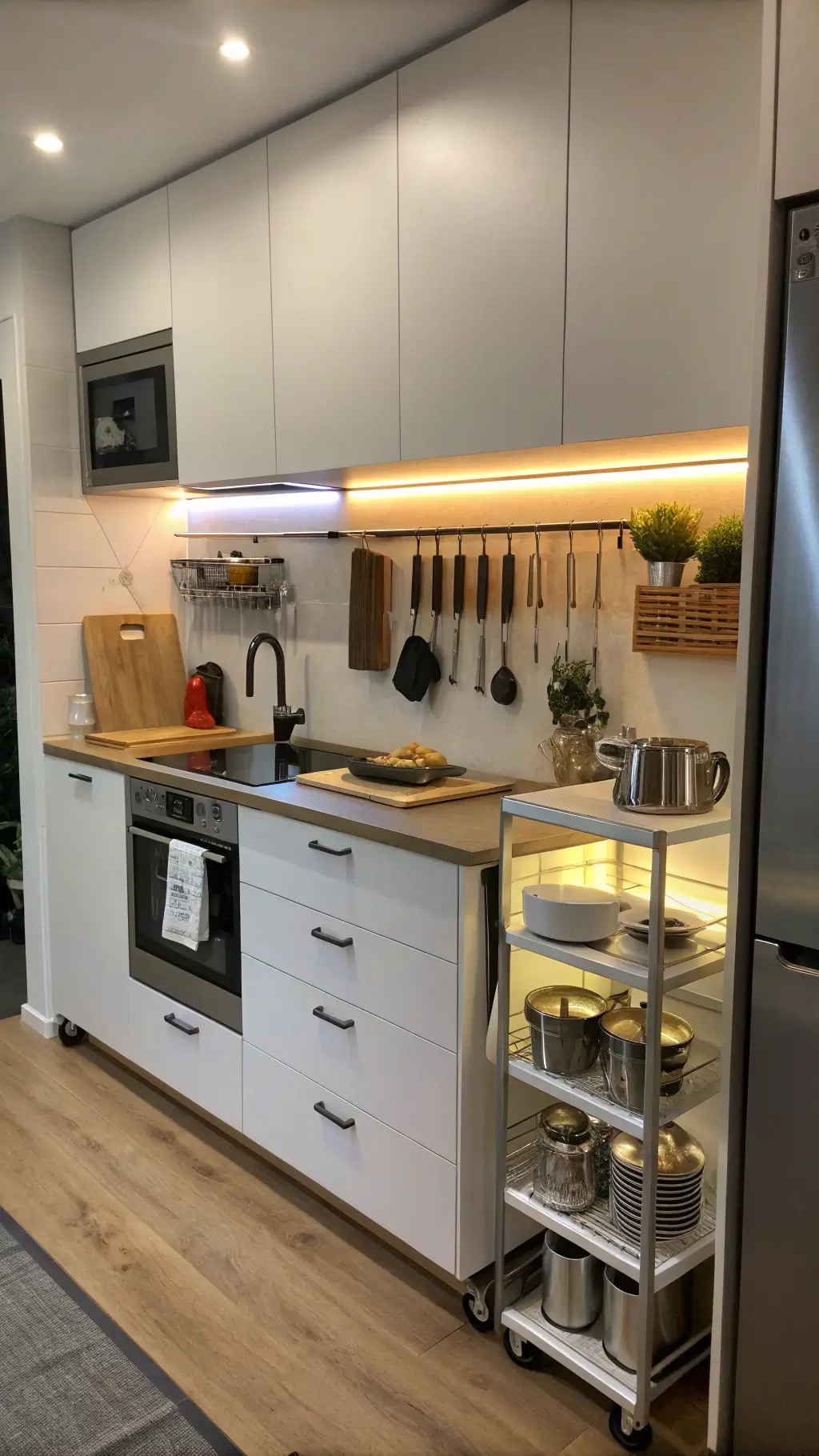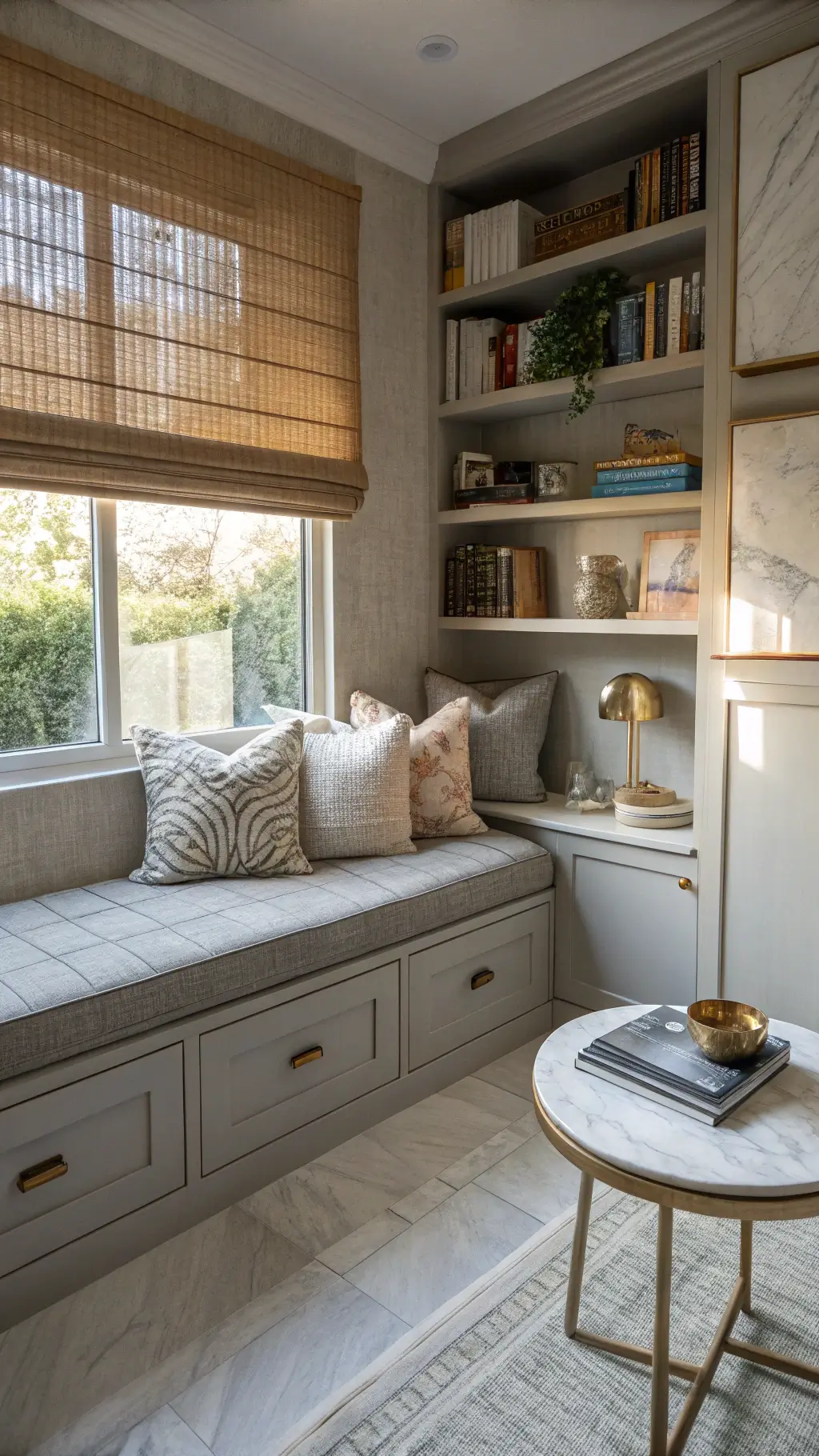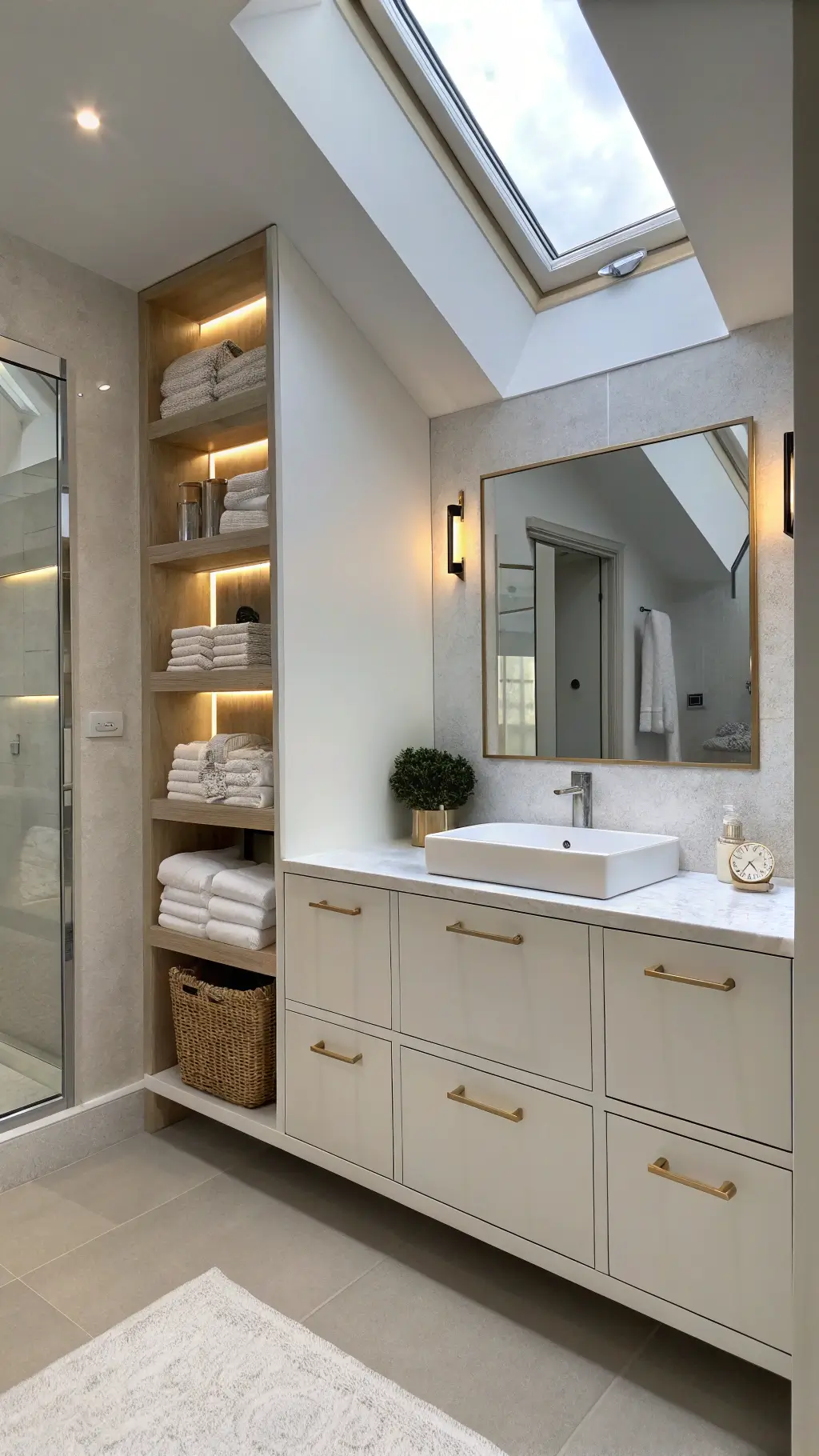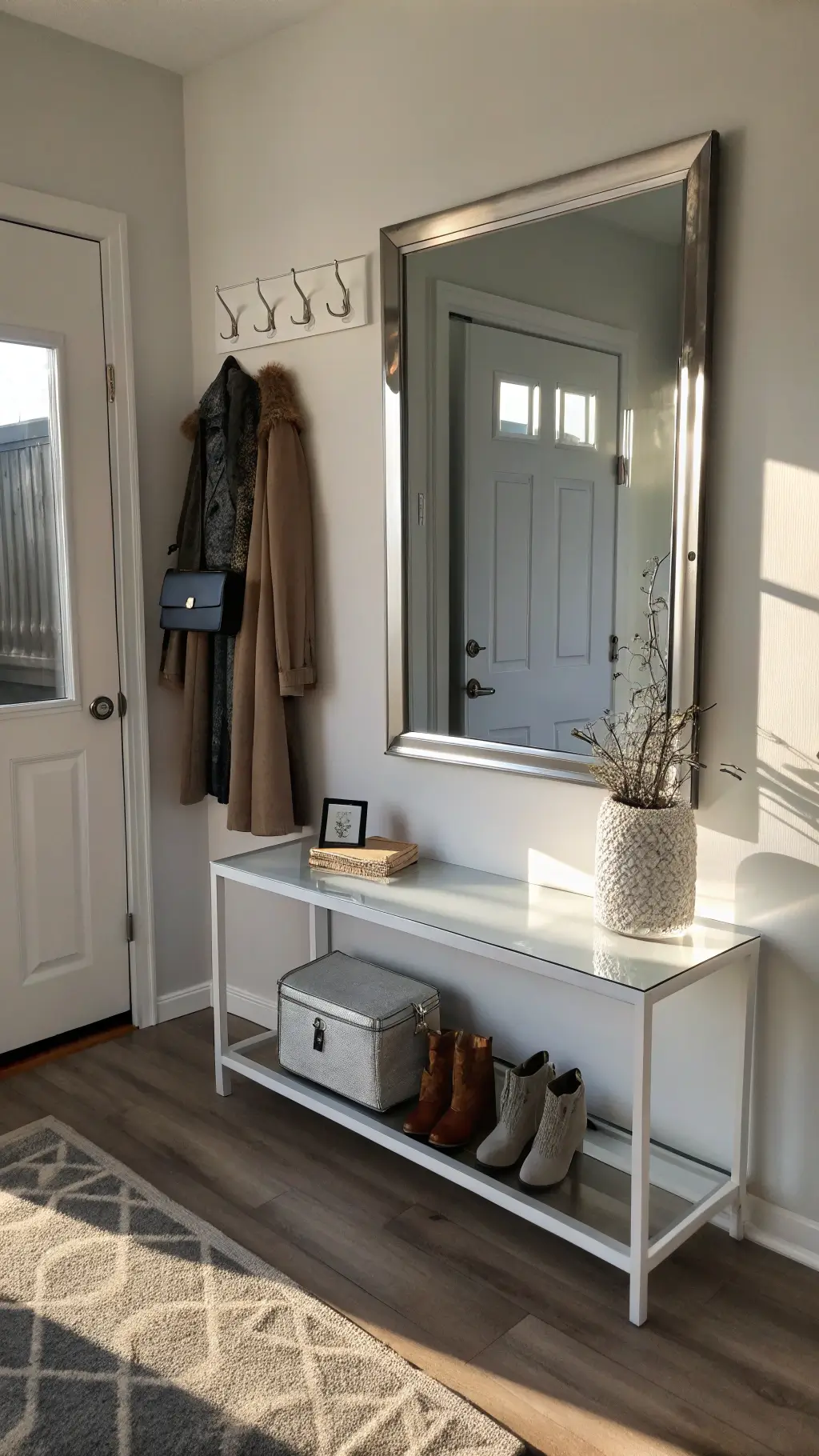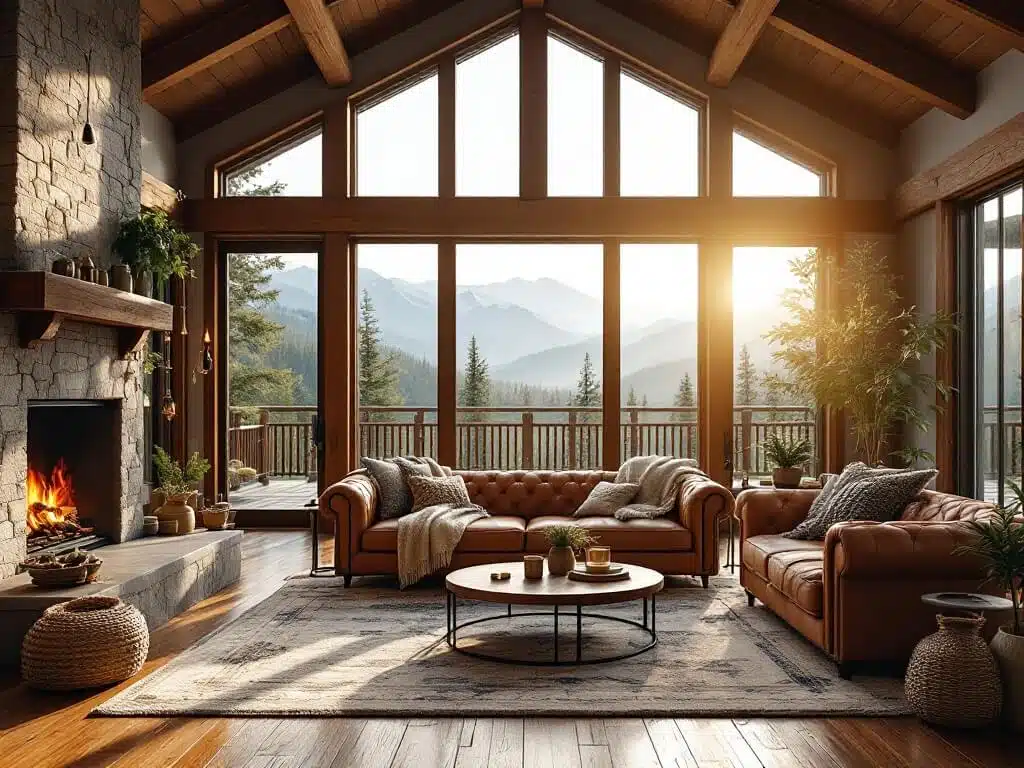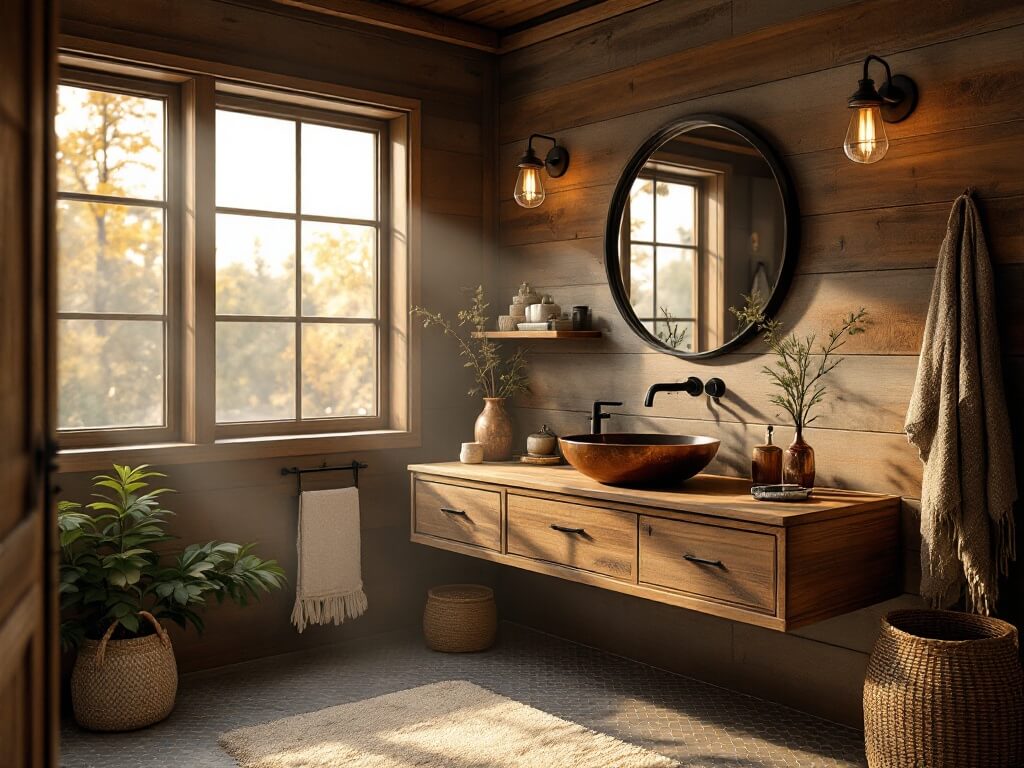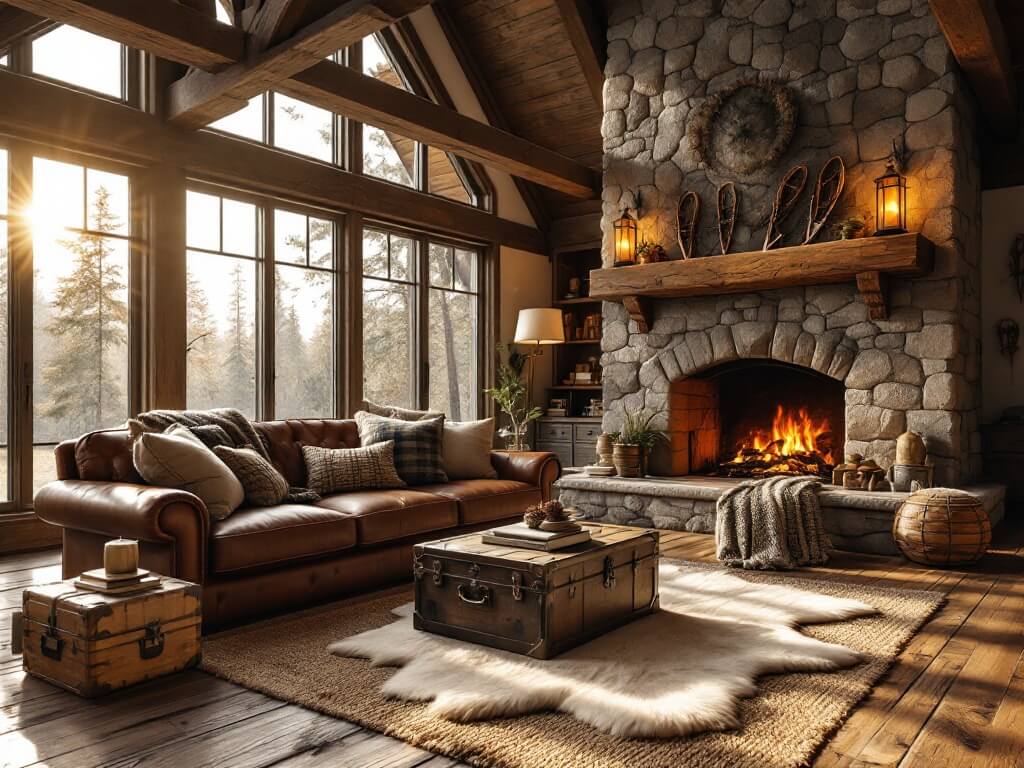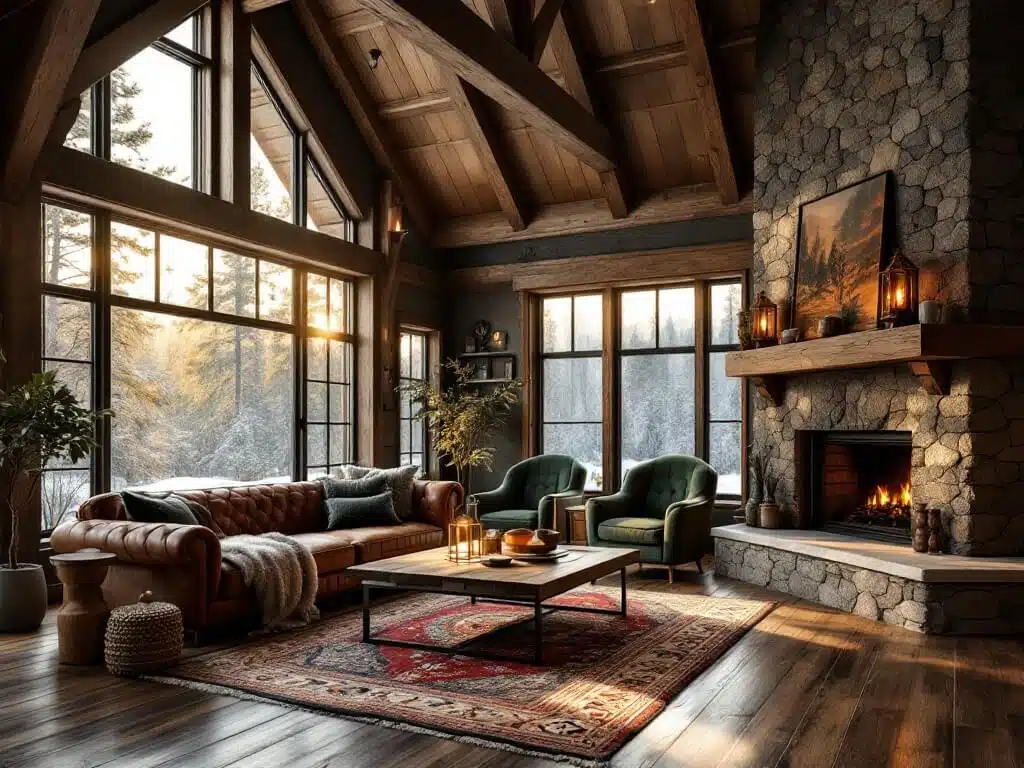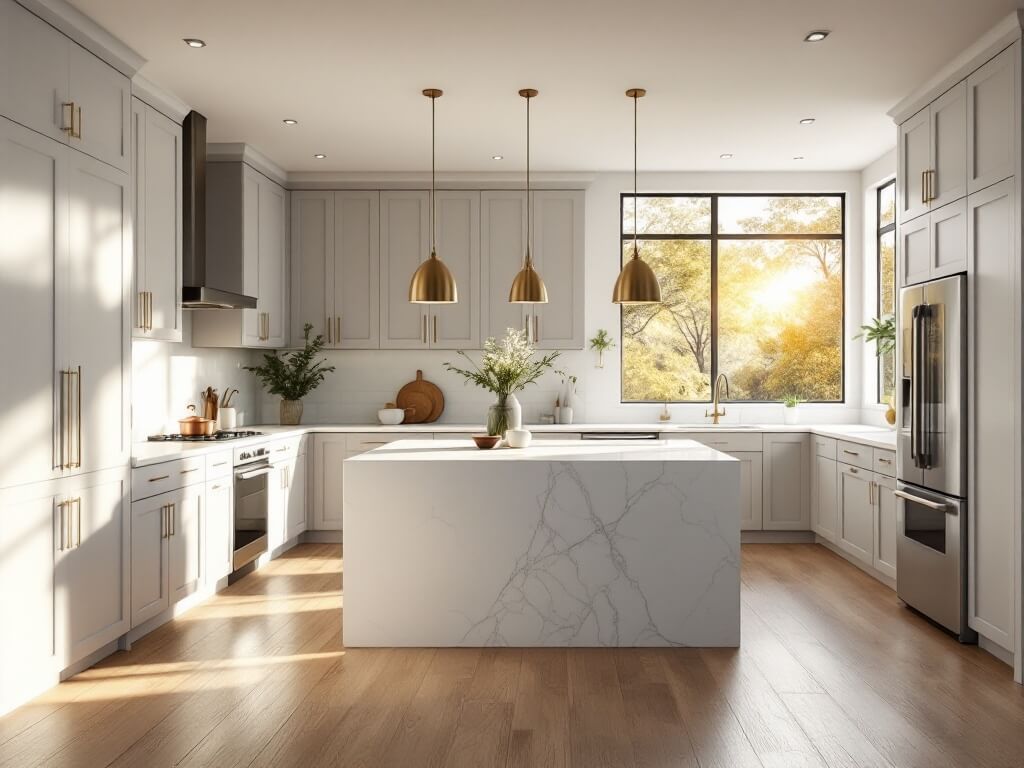Tiny Apartment Minimalist: Mastering Smart, Space-Saving Design
Cramped living spaces don’t have to feel suffocating.
My journey into minimalist tiny apartment design started with a 350-square-foot studio that felt more like a storage closet than a home. Today, I’ll show you how to transform even the smallest spaces into stylish, functional sanctuaries.
Why Minimalism Works in Tiny Spaces
Living small isn’t a limitation—it’s an opportunity for intentional design. Here’s why minimalism is your secret weapon:
- Maximum Functionality: Every piece serves multiple purposes
- Visual Breathing Room: Reduces visual clutter and stress
- Cost-Effective: Fewer items mean less spending
- Psychological Freedom: Less stuff = more mental clarity
Essential Design Principles
1. Color Palette Magic
Stick to a neutral, light-focused palette:
- Whites
- Soft greys
- Warm taupes
- Light wood tones
Pro Tip: Light colors create an illusion of more space. Dark colors compress visual boundaries.
2. Multi-Functional Furniture Is King
Invest in pieces that do double duty:
- Murphy beds
- Fold-out tables
- Storage ottomans
- Wall-mounted desks
3. Vertical Space Optimization
When floor space is limited, look up:
- Wall shelves
- Hanging organizers
- Vertical storage units
- Tall, slim bookcases
Styling Techniques for Tiny Spaces
Texture Over Clutter
Instead of multiple decorative items, layer textures:
- Soft throw blankets
- Textured pillows
- Woven rugs
- Subtle geometric patterns
Lighting Matters
Natural light is your best friend:
- Keep windows unobstructed
- Use sheer, light-filtering curtains
- Add minimal, strategic lighting fixtures
Photography Tips for Showcasing Your Space
Capture the Essence
- Use wide-angle lens
- Shoot during golden hours
- Highlight storage solutions
- Create clean, uncluttered compositions
Technical Specifics
- Image resolution: Minimum 1000px wide
- Pinterest vertical format: 1000 x 1500 px
- Natural lighting preferred
- Minimal post-processing
Common Minimalist Tiny Apartment Mistakes to Avoid
- Overcrowding surfaces
- Ignoring vertical space
- Choosing bulky furniture
- Neglecting storage solutions
Budget-Friendly Implementation
You don’t need to spend a fortune:
- Shop secondhand
- Choose multi-purpose items
- DIY storage solutions
- Invest in quality over quantity
Seasonal Adaptability
Minimalism doesn’t mean static:
- Swap throw pillows
- Change lightweight textiles
- Rotate small decorative elements
- Use plants for natural variation
Final Thoughts
Minimalist tiny apartment design is an art of intentionality. It’s about creating a space that breathes, functions, and reflects your essence—without the excess.
Your small space isn’t a constraint. It’s a canvas for creativity.

